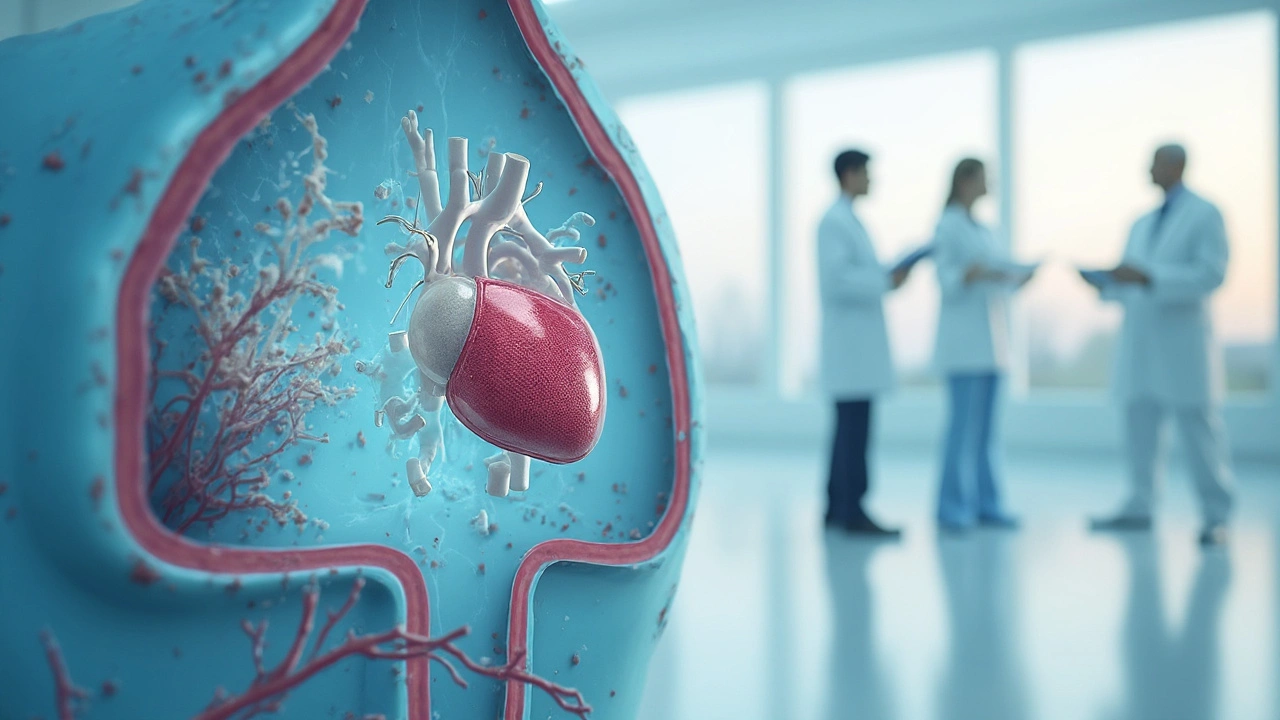Heart attacks don’t always arrive out of the blue. Most are the result of long-term risks you can change. Small daily habits and smart use of medications make a big difference. Below are clear, practical actions you can start right now to cut your risk.
Control your blood pressure. Aim for a BP around 130/80 mmHg or lower if your doctor says so. Check it at home with a reliable monitor and bring the numbers to appointments. If readings are high, lifestyle changes and medications can help.
Move more. You don’t need a gym subscription — brisk walking 30 minutes most days helps. Exercise lowers blood pressure, improves cholesterol, and helps weight control.
Watch what you eat. Cut added sugars, limit processed foods, and favor vegetables, whole grains, lean protein, and healthy fats (olive oil, nuts). Swapping soda for water and choosing grilled instead of fried foods adds up fast.
Quit smoking. Smoking damages arteries and raises clot risk. If nicotine is tough to quit, talk to your doctor about nicotine replacement or medications — they work better than going it alone.
Sleep and stress matter. Aim for 7–8 hours of sleep and try one stress tool that fits you — short walks, deep breathing, or a quick hobby break. Chronic stress raises blood pressure and inflammation.
Take medicines as prescribed. For many people at risk, drugs that lower blood pressure or cholesterol cut heart attack chances a lot. Beta blockers like metoprolol (Toprol XL) can be part of a plan after an event or for certain heart conditions — see our Toprol XL guide for details on dose and side effects. If you’re on an older beta blocker like Inderal and have side effects or questions, our article on Inderal alternatives explains other options.
ACE inhibitors and ARBs such as losartan, often combined with hydrochlorothiazide, are common for blood pressure control. Our Losartan-Hydrochlorothiazide piece also talks about adding stress management into your routine — two-pronged care is effective.
Know your numbers: blood pressure, LDL cholesterol, and blood sugar. If you have diabetes, tighter control reduces heart attack risk. Ask your clinician what targets fit your health profile.
Know the warning signs. Chest pressure or pain, shortness of breath, lightheadedness, sudden sweating, or jaw/arm discomfort can all be heart attack symptoms. If you suspect one, call emergency services immediately — fast treatment saves heart muscle and lives.
Want more practical reads? Check articles on blood pressure meds, lifestyle tips, and drug safety on Farmapram. And always talk with your doctor before changing meds or starting new treatments — prevention works best when it’s tailored to you.
